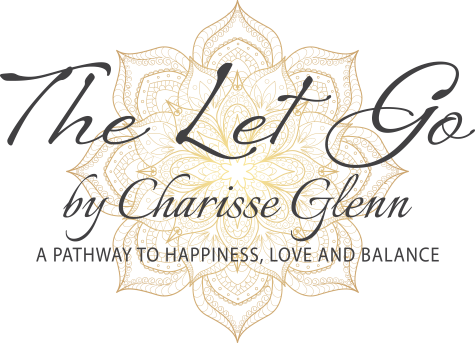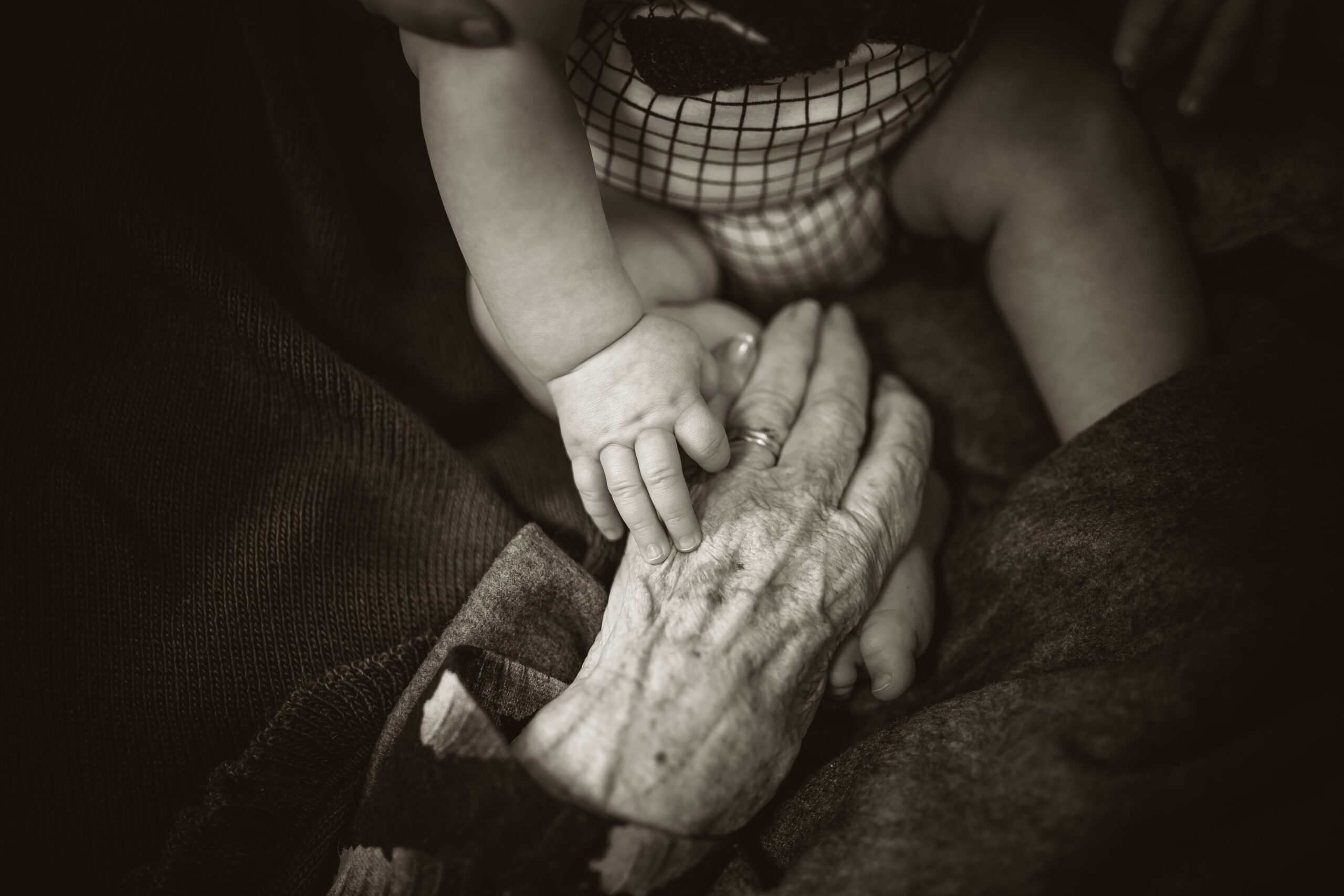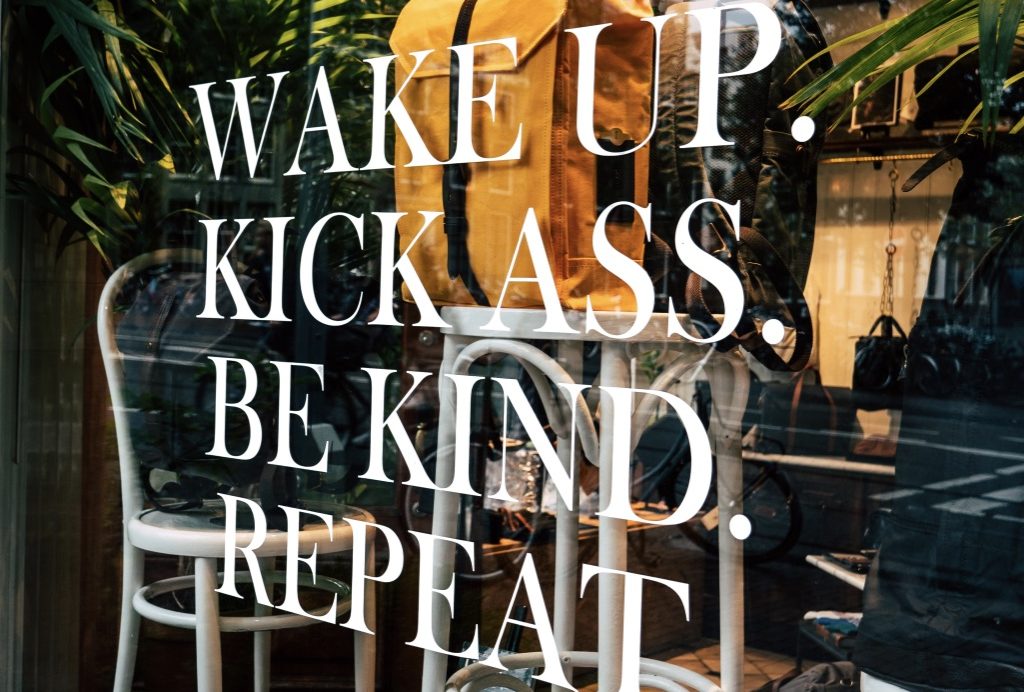“There is no end to education. The whole of life, from the moment you are born to the moment you die, is a process of learning.”
~ Jiddu Krishnamurti
Communication is not a one-way street. Whatever we want to share follows the same concept; to transmit what we desire, we must convey the message in a manner it will be received.
Once again, horses show me the way to life. Horses are large animals governed by fight-or-flight instincts. When their instincts kick in, they can hurt us without intention. As with humans, each has its personality and history. Their prior background and interactions with humans are often unknown to the new owner. They come with labels that highlight their behaviors. Overly reactive, lazy, stubborn, just as adults often label children.
When I begin a relationship with a horse, I move slowly; I must translate their tolerance and reactions to what I am asking. These reactions are always connected to past experiences and will tell me how they were treated, thus causing me to adjust my method of communication. In humans, reactions are often referred to as triggers. Although it is not our responsibility to fix those triggers, we can alter how we respond to them if we desire to communicate.
A horse’s reactions are a mirror of how they were handled. They will clearly express through their actions how they were shaped to be. A hard-mouth horse will be a result of a hard-handed rider. A horse that strikes out needs to defend itself. The most sensitive horses are usually the ones that need the softest touch. A relaxed and trusting horse has come from an environment where it can learn.
Which is a lot like us.
We learn easiest when we feel secure.
We may never know a horse’s or another person’s history; however, clues are everywhere in how they react. To move forward, it is imperative to be sensitive to reactions.
It is through the relaxed mind and body that we learn.
A relaxed muscle is receptive, and a tight muscle is not. Our brains are also a muscle. We create a flexible mind when we have a supple body free of anticipation and fear. Therefore, without developing trust, we have nothing.
We use a physical cue when we ask a horse to do something. If we look at the words we use when communicating as the cue for the horse, we can see the similarity between the two. For me, they are the same.
Leveling Up Our Communication
Set your intention: Start small baby steps. As toddlers learn to walk, they learn to stand supported, holding your hands. Today, they will stand with help; tomorrow, they will stand at a table. Set the intention with a win-win in mind. Do not bite off more than you can accomplish. It’s better to have a small win than a big fail.
Have patience: There is never a good time to become angry or impatient when communicating. It stops the flow, activating tension, fear, and anxiety.
Let go of your ego, agenda, and expectations. Learning takes time, and a time frame will create an unneeded underlying level of stress.
Take the Time: If you do not have the time to accomplish the lesson, do not start. We must commit to however long it takes to see the slightest change, the most minor effort.
Don’t be greedy: When the shift happens, you activate the slightest attempt to take a step in the correct direction. Stop. Allow that to process before you continue.
Listen with your whole being: Move away from your thoughts and responses and feel the situation and the spaces between the words.
Create a disciplined environment: Buck Brannaman says it concisely. Discipline isn’t a dirty word, far from it. Discipline is the one thing that separates us from chaos and anarchy. Discipline implies timing. It’s the precursor to good behavior and never comes from destructive behavior. People who associate discipline with punishment are wrong: With discipline, punishment is unnecessary.
Be clear: Double messages are often the culprit for miscommunication. Be aware of your chosen words, body language, and hidden agendas. Then, let go of anything that does not move your apparent intention effort forward.
Be flexible: All great teachers know how to say the same thing in dozens of ways to communicate what they want to teach. Learn to gather more words and methods until they are understood.
Just as in all relationships, horses reflect who we are. If the feedback we receive is not the desired outcome, we must adjust our input. Moving to the next level of communication begins when we move through the parts of ourselves that we don’t want to look at, those experiences we have closeted away and have avoided. Just as a horse reveals its history, so do we reveal it to them.
To become soft is synonymous with becoming sensitive and to being mindful. To do so with others, we must practice becoming soft with ourselves. Allow all the mirrors of our interactions to reflect on us. This ever-changing reflection is a barometer of who we strive to become. By observing and altering our response abilities and intentions, we can become more of who we are capable of being.
The horse is a mirror. It goes deep into the body. When I see your horse I see you too. It shows me everything you are, everything about the horse.
~ Ray Hunt





